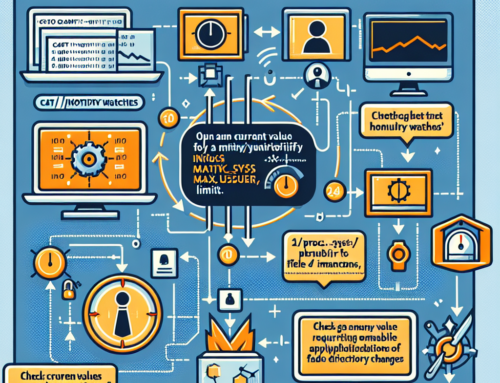Managing a Linux server effectively is a critical responsibility for system administrators, ensuring that the server runs smoothly and securely. This task encompasses a variety of essential duties, from regular maintenance to security management. Below, we delve into the key responsibilities that form the cornerstone of effective Linux server administration.
System Monitoring and Performance Tuning
System monitoring and performance tuning are fundamental aspects of Linux server administration. Administrators must consistently track server performance metrics such as CPU usage, memory consumption, disk I/O, and network activity. Tools like Nagios, Zabbix, or Grafana can be utilized to set up alerts and visualize performance data. By regularly analyzing these metrics, administrators can identify bottlenecks, optimize resource allocation, and ensure the server operates efficiently. Proactive performance tuning helps in avoiding downtime and maintaining optimal server performance, which is crucial for meeting user demands and service level agreements.
Regular Software Updates and Patch Management
Keeping the server’s software up-to-date is vital for security and stability. Regular updates and patch management involve applying the latest patches to the operating system, installed applications, and any third-party software. This process helps in mitigating vulnerabilities and protecting the server from potential threats. Administrators often use package managers like APT or YUM to automate updates and ensure consistency across the server environment. Scheduling regular updates and carefully testing patches in a staging environment before deployment can prevent disruptions and maintain the integrity of the server.
Backup and Disaster Recovery Planning
Implementing a robust backup and disaster recovery plan is essential for safeguarding data and ensuring business continuity. Administrators must regularly back up critical data and system configurations, using tools like rsync, tar, or backup solutions like Bacula and Amanda. It is crucial to store backups in multiple locations, including offsite or cloud storage, to protect against data loss due to hardware failures, accidental deletions, or cyberattacks. Additionally, having a well-documented disaster recovery plan enables swift restoration of services in the event of a catastrophic failure, minimizing downtime and data loss.
Security and Access Control Management
Security is a paramount concern in Linux server administration. Administrators must implement stringent access control measures, using tools like SELinux or AppArmor to enforce security policies. Regularly updating firewall rules, configuring SSH for secure remote access, and employing intrusion detection systems like Snort are also essential tasks. Administrators should conduct regular security audits and vulnerability assessments to identify and mitigate potential risks. Implementing multi-factor authentication (MFA) and maintaining proper user permissions further strengthens the server’s security posture, protecting sensitive data and maintaining compliance with security standards.
Automation and Scripting
Automation plays a crucial role in streamlining repetitive tasks and improving efficiency in Linux server administration. Administrators often use scripting languages like Bash, Python, or Perl to automate routine tasks such as system updates, backups, and monitoring. Configuration management tools like Ansible, Puppet, or Chef can be employed to automate the deployment and management of server configurations across multiple systems. By leveraging automation, administrators can reduce human error, ensure consistency, and free up time to focus on more strategic activities, ultimately enhancing the overall management of the server environment.
Effective Linux server administration requires a comprehensive understanding of various responsibilities, from performance monitoring to security management and automation. By diligently performing these essential tasks, administrators can ensure the server’s reliability, security, and efficiency. A proactive and systematic approach to server management not only minimizes risks and downtime but also enhances the overall performance and stability of the server, contributing to the seamless operation of IT services.







Leave A Comment